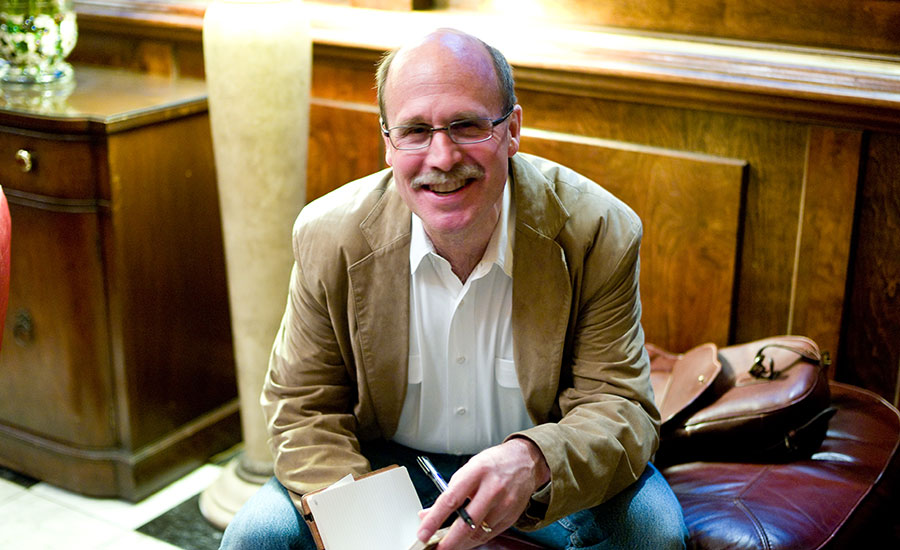“Look into the future with an open mind,” says Paul Saffo, technology forecaster, Stanford professor and keynote speaker for the Urban Land Institute Arizona’s 11th annual Trends Day Conference.
Saffo has degrees from Stanford, Harvard, and Cambridge and is also a consulting professor in the School of Engineering at Stanford University as well as the author of several books, including Dreams in Silicon Valley. He might not be able to see the future with a crystal ball, but he has a pretty good idea of what it could look like.
“There will still be traffic jams,” he says, while revealing that the robotic cars of the (maybe not-so-distant) future won’t fix quite everything about driving. He says the future will be a mix of good and bad, and really isn’t that the natural balance of life we’re used to, anyway?
His 45-minute keynote presentation at the 2016 ULI Arizona conference, titled Exponential Surprise, Exponential Opportunities-- What the Future Brings, showcased how the mathematics of exponentials applies to civil land development. “We’re surrounded by exponentials,” Saffo says, emphasizing that exponentials are “sweeping” the world and making change possible. Change, he says, takes time to arrive, “but when it does, it happens fast.”
He references a stat from 2008 to prove a point. “Before 2008, most people living were rural,” he reveals. Now, for the first time ever in the history of civilization, more people live in cities and urban areas.” Saffo says with confidence that this single instance is the biggest change the human species has ever been through, explaining that this kind of change happens at a snail’s pace until suddenly, one day, everything is different. “The world changes. That’s the power of exponentials. That’s the power of surprise. Exponentials are the signature of life.”
And Phoenix is growing exponentially, gaining both momentum and the “life” he speaks of. The city has light rail expansions, infill development, and a booming population of millennials. “The biggest changes are always the hidden ones. Pay attention to nonlinear change...all important change is nonlinear,” says Saffo.
Saffo then divulges that the secret to putting together a great land use deal is having a knowledge of everything, from nature to commerce to fashion, and keeping track of trends using Stewart Brand’s idea of a Clock of Long Now, or rather, the 10,000-year clock. The clock, which keeps time for, you guessed it, 10,000 years, promotes long-term thinking, something needed when designing and building an infrastructure that will pass the test of time and live up to the standards of the future. Staffo, who is on the Long Now Foundation board, says that developing a long-term project means thinking about the many layers of society; how nature affects culture, how the culture affects the governance, and how that, in turn, affects infrastructure, and then commerce, and finally fashion.
“Some of our biggest challenges in civil society occur because people have different time frames,” he says. “Your work does well because you cross [them].”
He urges, “Pay attention to the slowest stuff around you. Slow has power. [Think about] the next generation. You’re thinking about how to be a good ancestor. How to make a building last 100 years.”
If you plan for the future, “You’ll be winners,” Saffo promises.





Post a comment to this article
Report Abusive Comment